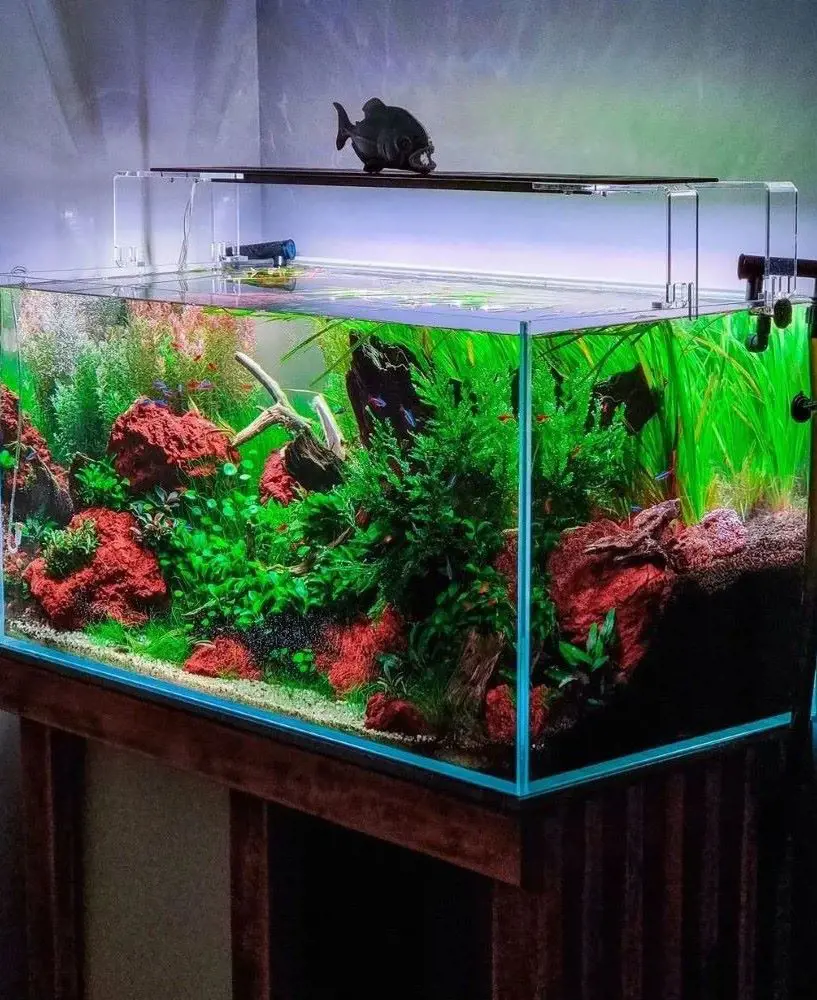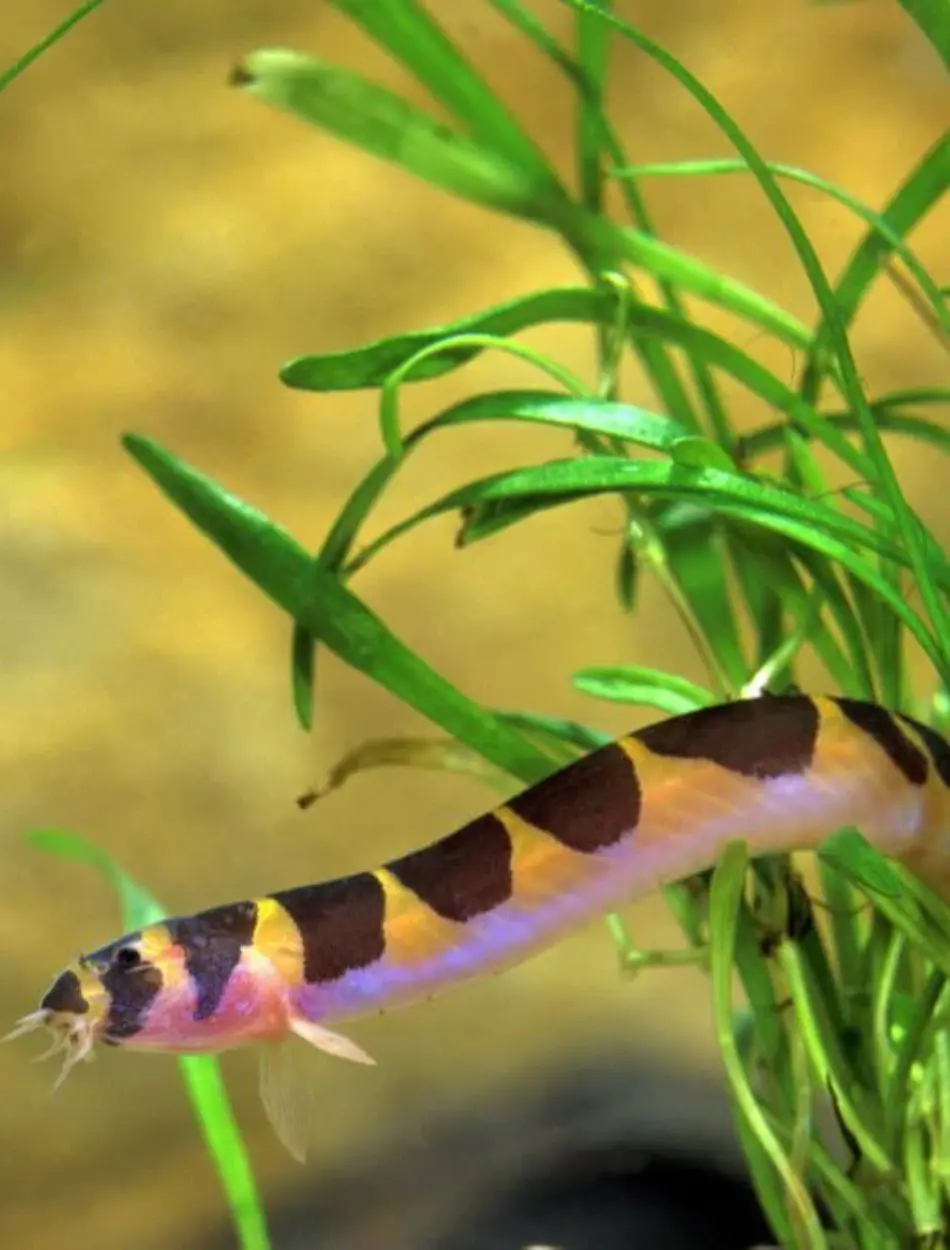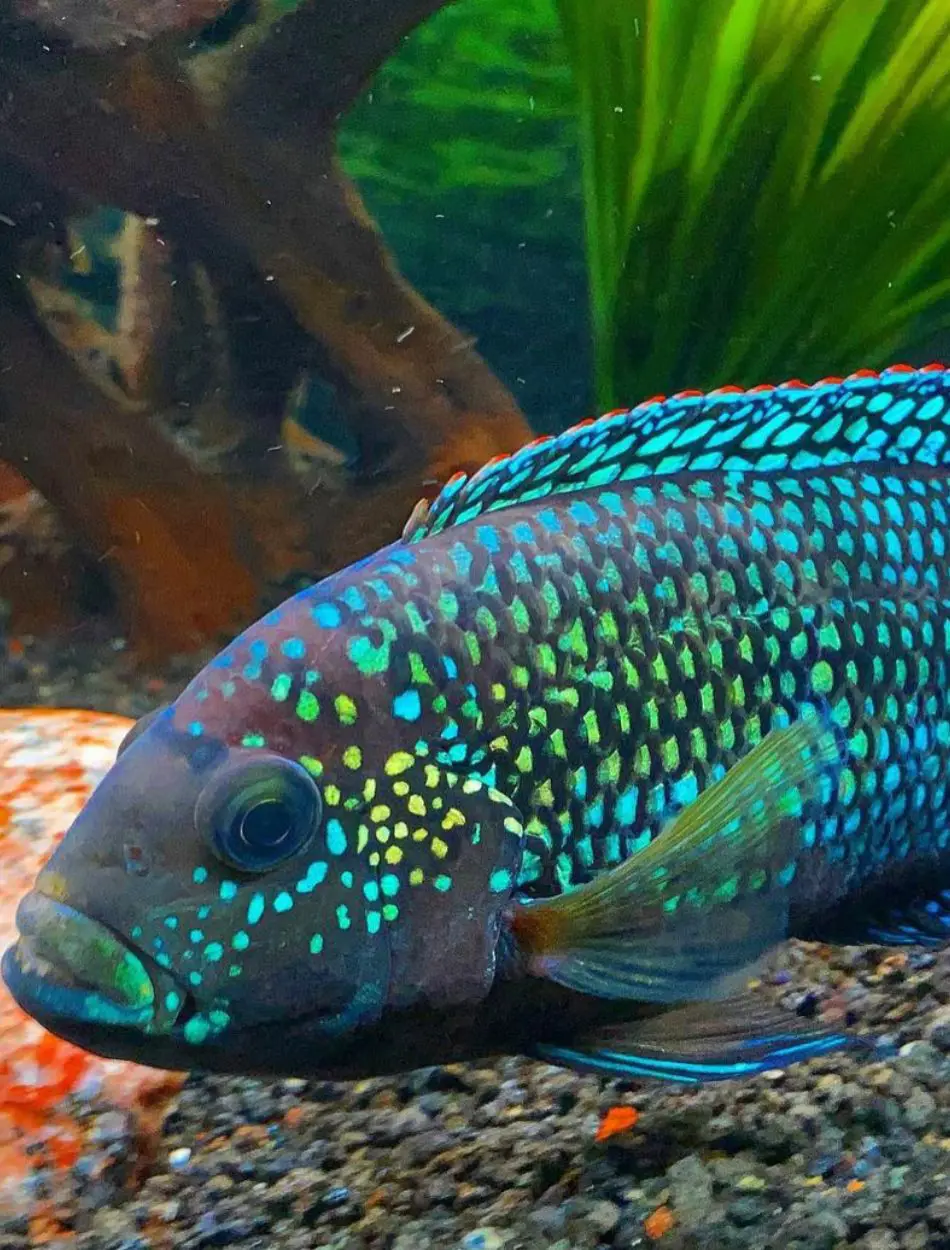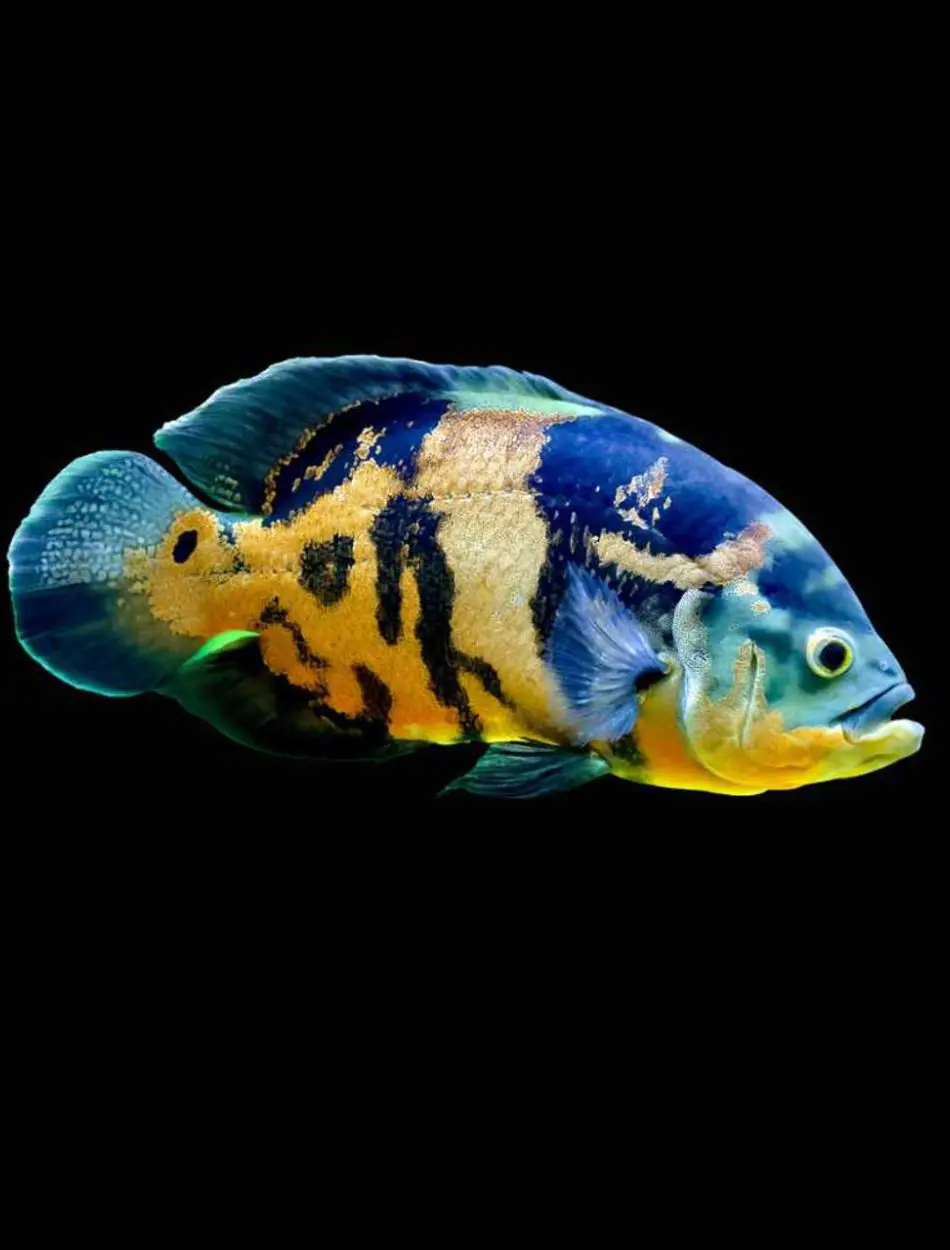Axolotl (Mexican Walking Fish): Species Profile
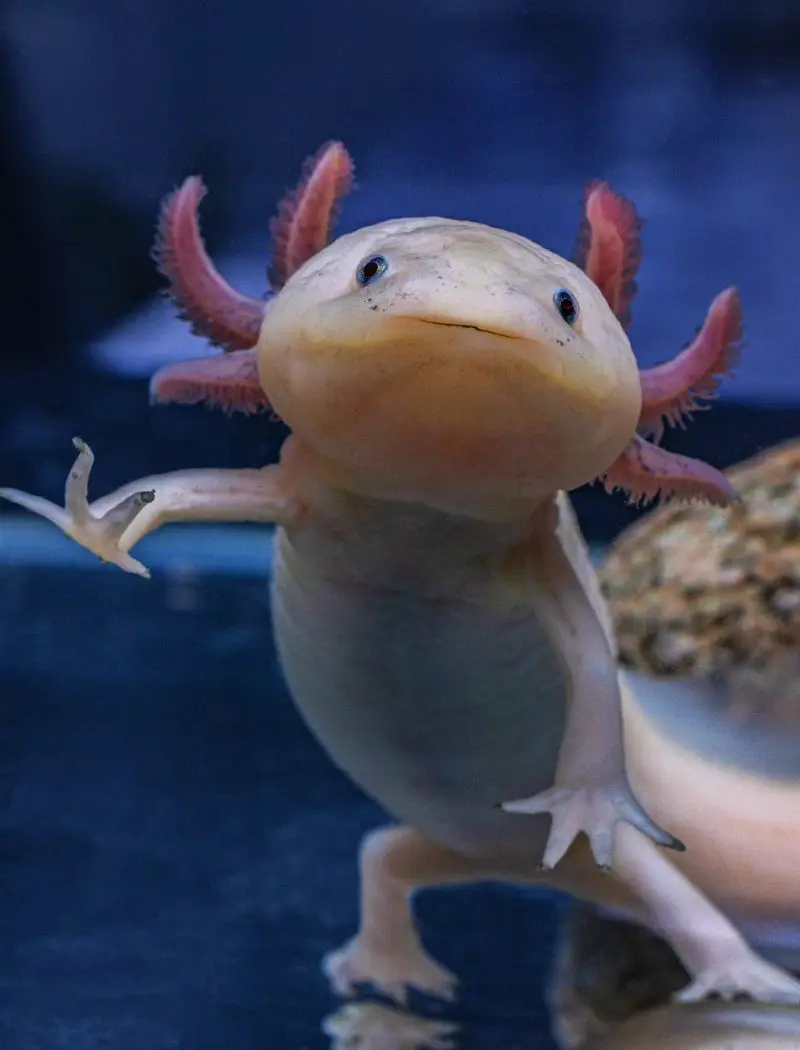
Axolotl is a walking fish that is known to captivate fish enthusiasts and scientists. They remain aquatic their whole life and stay in the larval stage.
They are also known for their regrowing ability and solitary nature. This article discusses the habitat, dietary needs, and behavior of axolotl.
Species Overview
Common Name: Axolotl, Mexican walking fish
Scientific Name: Ambystoma Mexicanum
Adult Size: Between 6 and 18 inches
Life Expectancy: 10 to 15 years
Habitat and Distribution
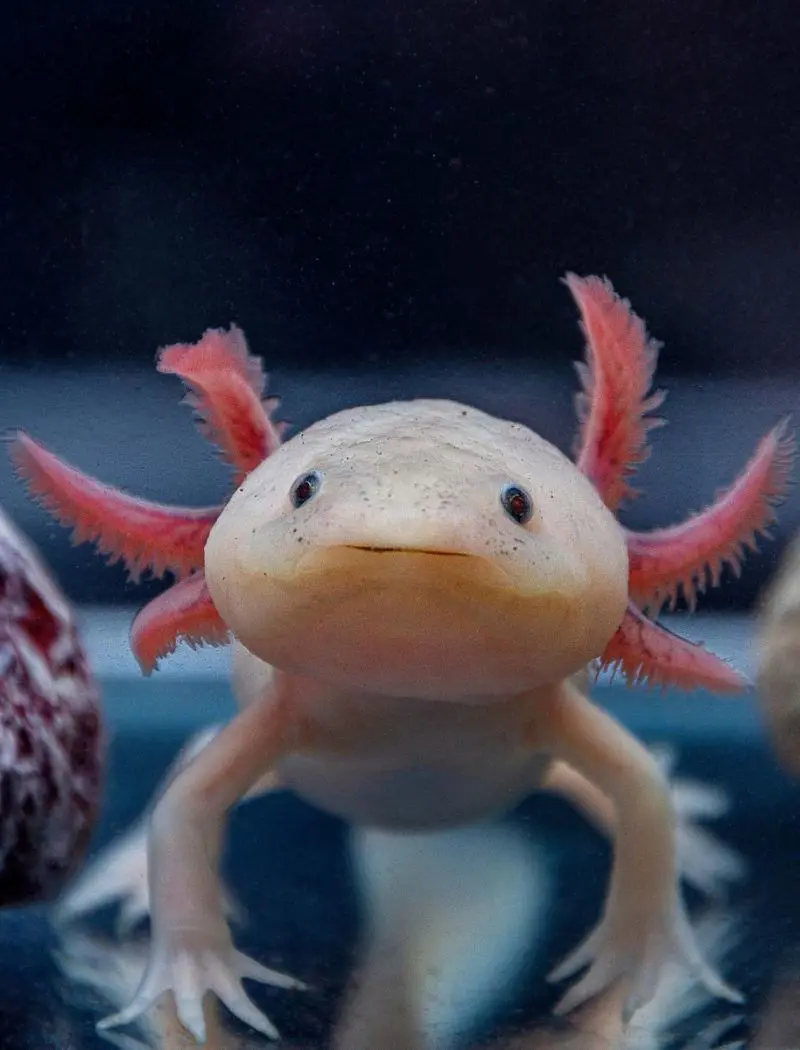
Axolotls prefer to stay in still or slow-moving freshwater like lakes and canals. They prefer to hide in aquatic plants and rocks found in shallow waters.
The natural habitat of these fish has been affected due to pollution and urbanization. However, habitat preservation and captive breeding have helped to conserve them.
Characteristics and Traits
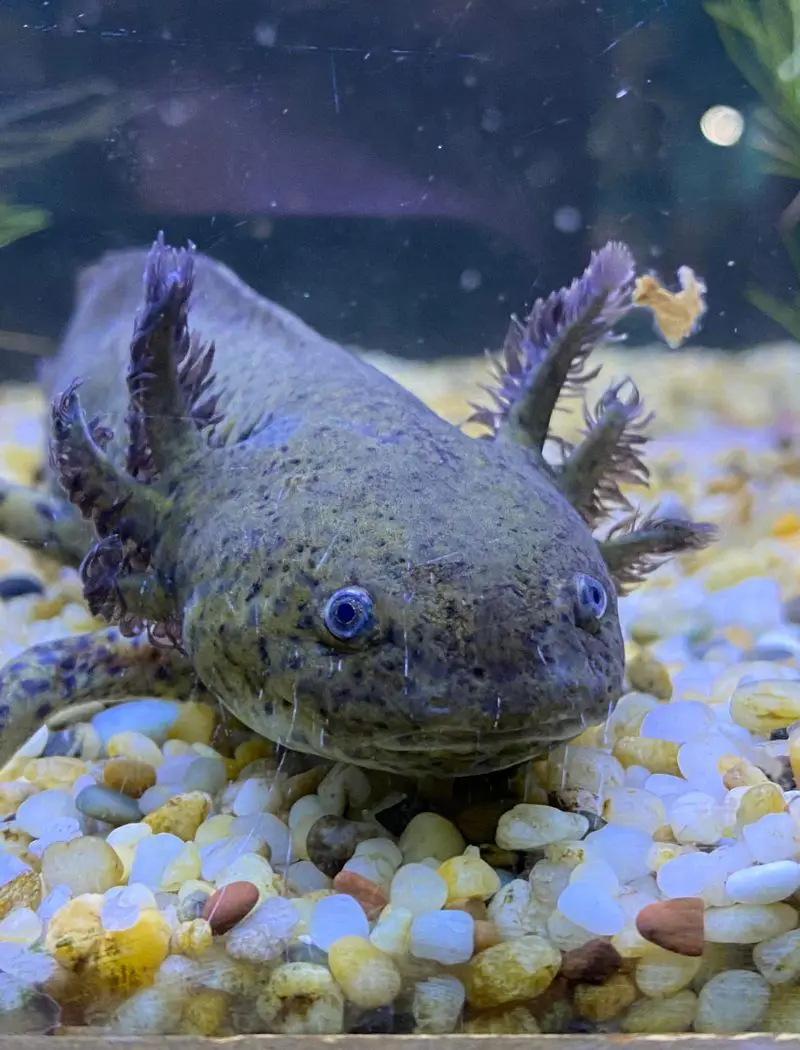
Physical Characteristics
-
Appearance: These fish have a unique flat body with a broad head. Their mouth looks like they are smiling which gives them a distinctive look.
-
Color: Axolotls are found in various colors like dark brown, black, pale pink, and golden.
-
Size: These long freshwater fish can grow up to 9 to 12 inches in their adulthood. Some of them can grow even larger if the living conditions are suitable.
-
External Gill: One of the unique features of this fish is that they have external gills at the back of the heads which are used for breathing.
-
Limbs: They have short and webbed limbs that help quick movements in the water. They also have one unique ability that allows them to regrow their lost limb.
-
Eyes: Axolotls have lidless eyes that can be found in colors that are usually dark, pinkish, or red.
-
Skin Texture: They have smooth and moist skin that may be slightly clear. This feature allows some of their internal structures to be visible.
-
Tail: Their long, flat tail is used for swimming and helps them navigate through their tank or wild environment
Behavior and Temperament
-
Solitary Nature: These fish have a solitary nature and prefer to live alone rather than in groups.
-
Nocturnal: They are most active during the night and prefer to search for food during the night time.
-
Curious: Axolotls are curious fish that investigate their environment and objects placed in the tank.
-
Non-Aggressive: These fish are also known for their peaceful nature. Unlike other aggressive fish, they are calm and do not show territorial behavior if not threatened.
-
Stress Response: Axolots may become stressed if they are kept in incompatible conditions. A stressed axolotl hides excessively and shows abnormal swimming behavior.
Housing
It is recommended to place axolotls in at least 15 to 20-gallon fish tanks. The lid of the tank must be secured as they try to jump out of the tank.
The tank does not require a land area and the water must be slightly more than the length of your axolotl. Make sure to add plants and gravel that are large enough not to be swallowed.
A proper good quality filtration is also necessary to manage the pH and water parameters. With the installation of these materials, the axolotl can survive in an ideal environment.
Water Conditions
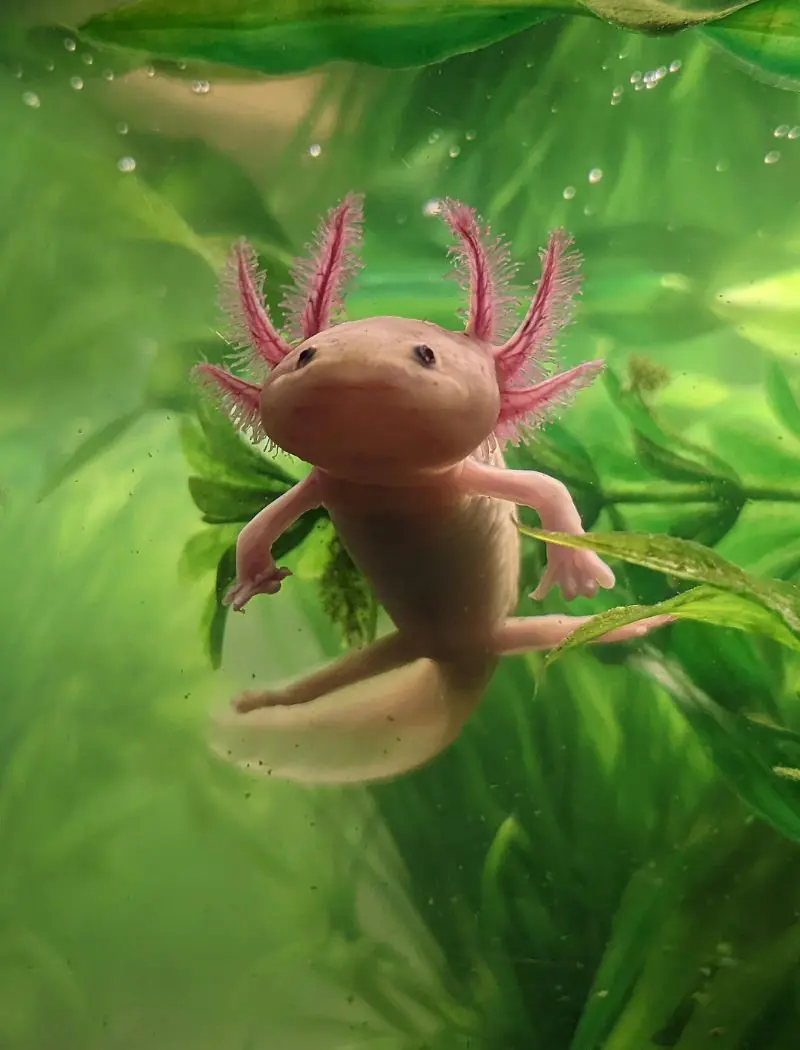
The tank of axolotls must be kept in a cool room that is away from bright sunshine. The temperature of the water must be between 57 and 68 degrees Fahrenheit.
These fish do not require special lighting as they prefer dark hiding spots such as flower pots laid on the side of an aquarium. You can add tap water treated with aquarium water condition as it helps to remove chlorine and chloramines.
Feeding Habit
It is best to feed axolotl a small amount of food daily. Adults can survive eating once to three times a week if given a proper diet.
You can give them food like earthworms, insects, small fish, and tadpoles. You can drop the food in the water close to them to feed them food.
These fishes hunt their food by sensing a movement in the water and sucking them. Make sure that you don’t feed them large foods that may choke them.
Health Problems
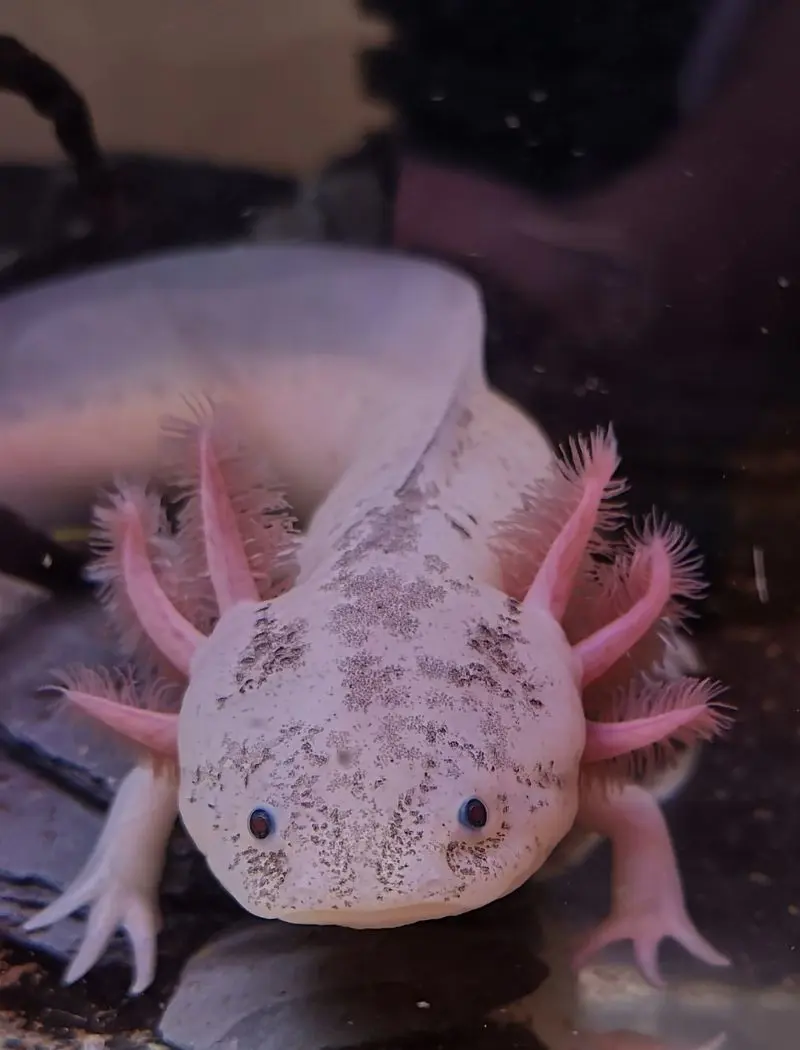
It is very important to consider the health problems of axolotls. They may suffer from common fish diseases such as fungal infections around the gills.
Those that are kept in poor water conditions are more likely to get bacterial infections. They should be kept in a relaxing environment to avoid weak immune systems which may cause other health issues.
Recent posts
Fish
20 Coolest Freshwater Fish To Add Pop And Color To Your Aquarium
With so many options of freshwater fish available, selecting the right species can be a daunting task. Due to careful breeding, there are thousands of species ready at your disposal to turn your room into a fish lover's paradise. From the vibrant col...
20 Best Betta Fish Tank Mates
Selecting suitable Betta fish tank mates is a delicate work that calls for a considerate balance between companionship and compatibility. Although renowned for their colorful colors and flowing fins, Betta fish are equally notorious for their territo...
Why Is My Fish Tank Cloudy?
Cloudy fish tanks can be frustrating for any aquarium owner. Especially if one has put in the necessary effort to accomplish a beautiful underwater setting. Whether you are an inexperienced aquarium holder or one of the pros, cloudy water may be the ...
20 Long Freshwater Fish For Aquarium
Having a range of long, gorgeous fish in your freshwater aquarium can make it an immensely fulfilling experience. Choosing the right fish is the first step to an exciting freshwater aquarium, and long freshwater fish are among the best options. ...
17 Cichlid Tank Mates For Your Aquarium
Cichlids are one of the diverse and captivating freshwater fish that are known for their vibrant colors. They are found in tropical America, mainland Africa, Madagascar, and southern Asia. These freshwater fish have elongated streamlined bodies...
20 Aggressive Fish Tank Species
When setting up an aquarium, the right choice of fish species is indispensable since some fish have aggressive natures, which could breed conflict in a community tank. These fish are known to be territorial and most of them require special care ...
